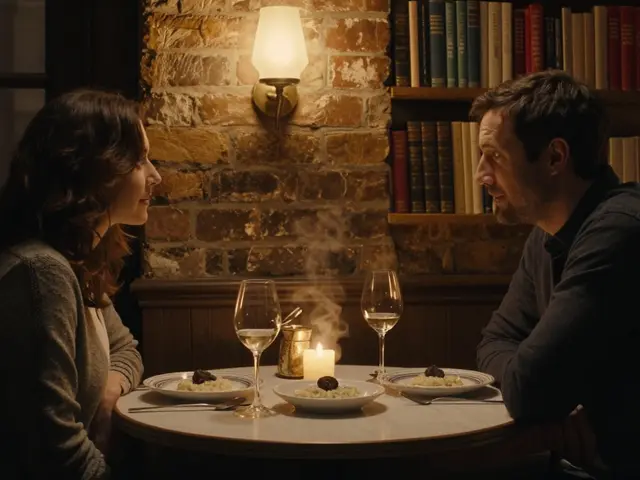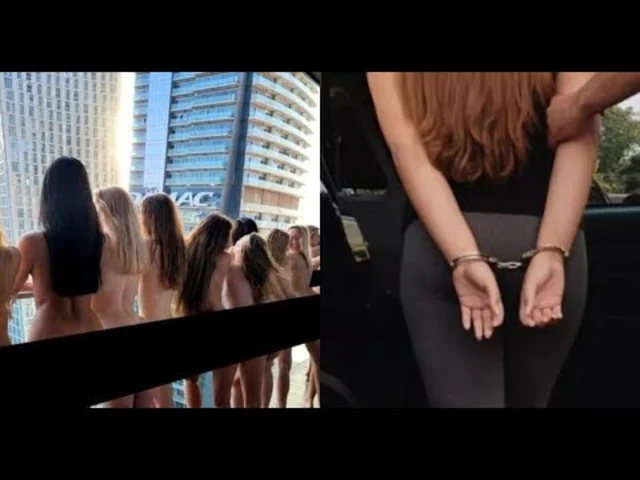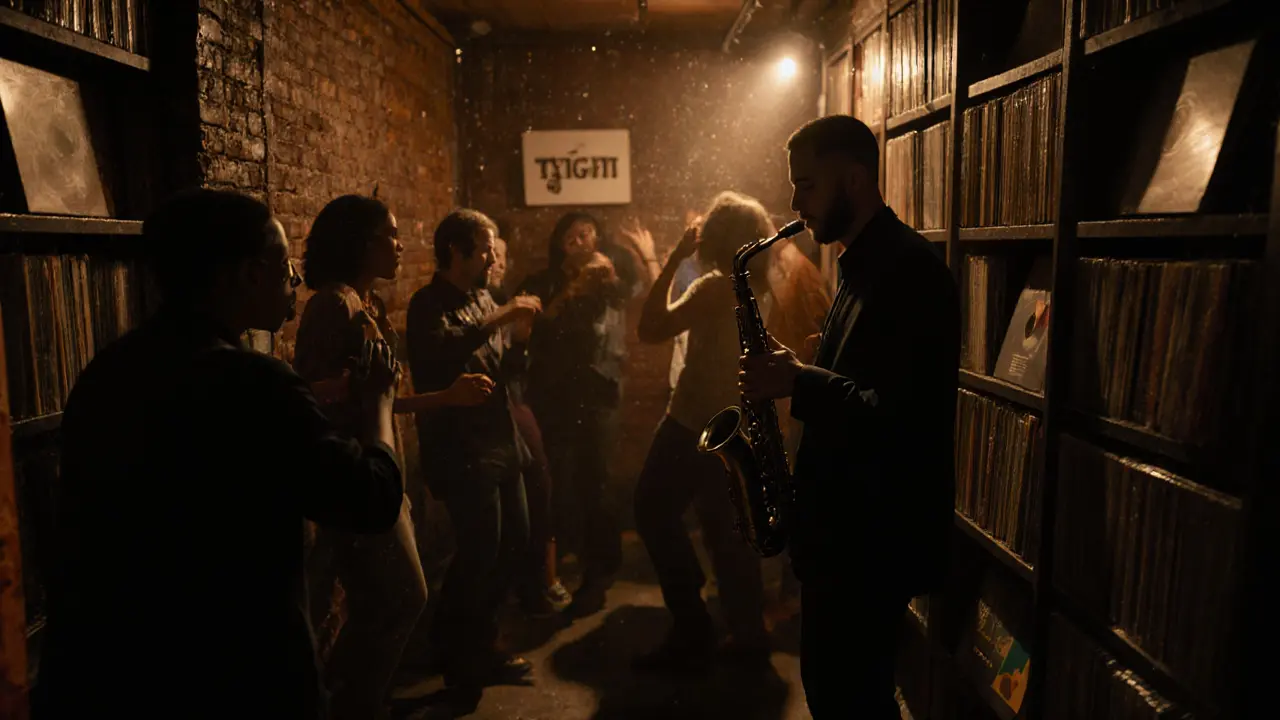
London doesn’t sleep. Not really. By 10 p.m., most cities quiet down. But here, the real party starts. The streets hum with energy, basement bars fill with laughter, and rooftop decks glow under city lights. If you think London’s nightlife is just about West End clubs and tourist traps, you’re missing half the story.
Where the Locals Go (And Tourists Never Find)
Forget the neon signs of Soho for a second. The real magic happens in places you won’t find on Google Maps unless someone tells you. In Shoreditch, there’s a door behind a bookshelf in a tiny corner shop on Redchurch Street. No sign. No name. Just a bouncer who nods if you know the code. Inside, it’s dim, loud, and packed with artists, DJs, and people who’ve been coming here since 2018. The playlist? Rare funk, forgotten house tracks, and live saxophone sets. No cover charge. No dress code. Just good music and even better company.
Down in Peckham, The Bussey Building is a converted Victorian factory turned underground cultural hub. It’s not a club. It’s not a bar. It’s both, and more. On Friday nights, the dance floor spills into the courtyard. On Saturday, you might catch a live jazz band or a spoken word night. The drinks are cheap, the vibe is raw, and the crowd? Pure London.
The Rooftop Revolution
London’s skyline isn’t just for photos anymore. It’s for sipping gin while the city twinkles below. The Sky Garden in Fenchurch Street is free to enter - yes, free - but you need to book weeks ahead. The view? 360 degrees over the Thames, Tower Bridge, and the Shard. The cocktails? Crafted with British botanicals. The noise? Low enough to talk, loud enough to feel alive.
If you want something grittier, head to The Ned’s rooftop terrace. It’s in a 1920s bank turned luxury hotel. The lighting is amber, the cocktails are strong, and the jazz trio plays old standards that make you forget you’re in 2025. It’s not cheap, but for a Friday night with a view that stretches for miles, it’s worth every pound.
Pubs That Stay Open Until the Morning
Not everyone wants to dance. Some just want a good pint and a quiet chat until 3 a.m. The Ten Bells in Spitalfields has been serving ale since 1725. It’s the oldest pub in the East End. The walls are stained with smoke from centuries of pipes and cigarettes. The beer is real cask, the staff know your name by the second visit, and the jukebox plays only 70s punk and blues. You won’t find a single cocktail menu here. Just beer, whiskey, and stories.
Across town, The Harp in Soho has been open 24/7 since 1987. It’s a no-frills, no-nonsense pub with sticky floors, mismatched chairs, and a dartboard that’s always in use. Locals come here after clubs close. Musicians drop in after gigs. It’s the kind of place where you’ll end up talking to a retired taxi driver who used to drive the Queen’s cousin. He’ll tell you about the time he picked up David Bowie after a gig in ’73. You’ll believe him.
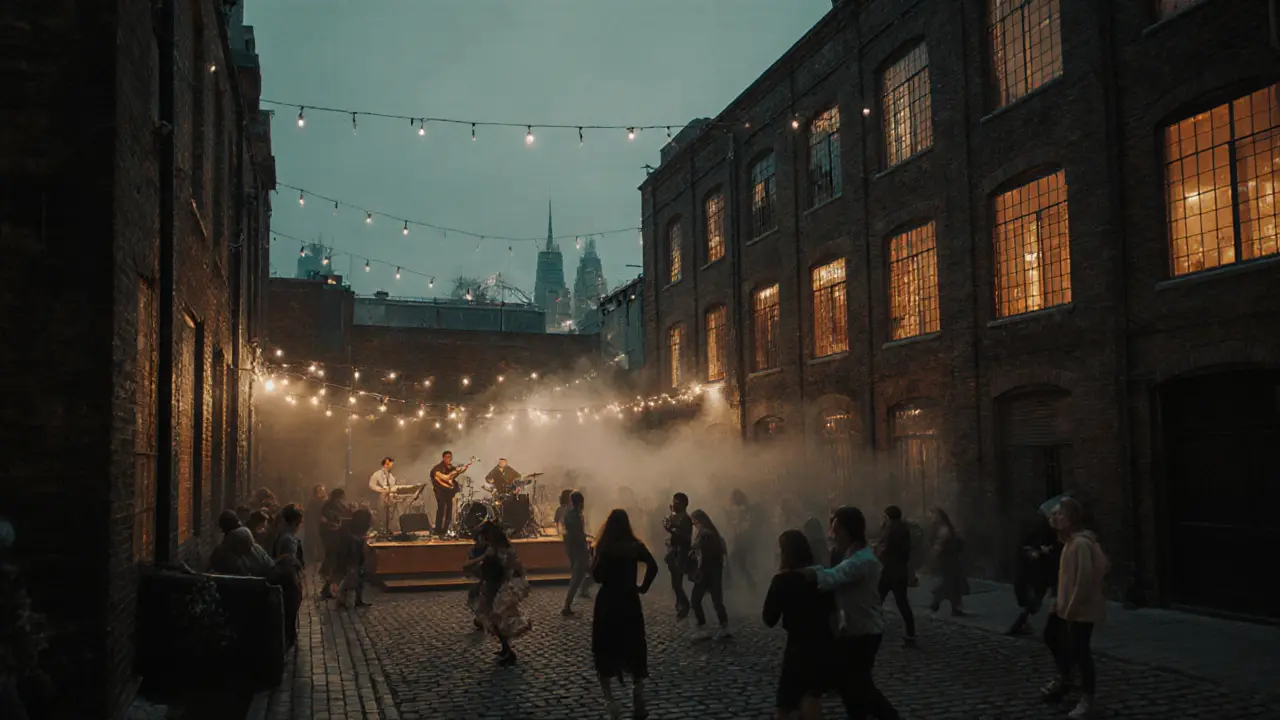
Clubs That Define the Sound
London’s club scene isn’t about flashy lights and VIP sections. It’s about sound. The Fabric in Clerkenwell is still the gold standard. Open since 1999, it’s one of the few clubs in the world that still uses a live sound engineer for every set. No pre-recorded mixes. No automation. Just human ears adjusting bass levels in real time. The bass here doesn’t just shake your chest - it vibrates your teeth. And yes, it’s still open until 6 a.m. on weekends.
For something newer, try The Nest in Peckham. It’s small, loud, and packed with young producers who’ve never played outside London. The sound system was built by a team of engineers who used to work for Abbey Road. The dance floor is concrete. The lighting? LED strips that change color based on the beat. It’s not glamorous. But it’s where the next big DJ in Europe will play their first headline set.
Hidden Gems You Didn’t Know Existed
There’s a speakeasy beneath a laundromat in Camden. You walk in past the washing machines, knock three times on the back wall, and a door opens to a 1920s-style lounge with velvet booths and live piano. The bartender mixes drinks using herbs from his rooftop garden. The menu? Five cocktails. All named after London Underground stations. The ‘Bank’ is gin, elderflower, and black pepper. The ‘Oxford Circus’? Rum, ginger, and smoked sea salt.
Then there’s The Lock Tavern in Hackney. It’s a queer-owned bar that turns into a drag show venue every Friday. The performers? All local. The energy? Electric. The drinks? Priced like a pub, not a club. You’ll see teachers, nurses, students, and retirees all dancing together under glittering lights. No judgment. Just joy.
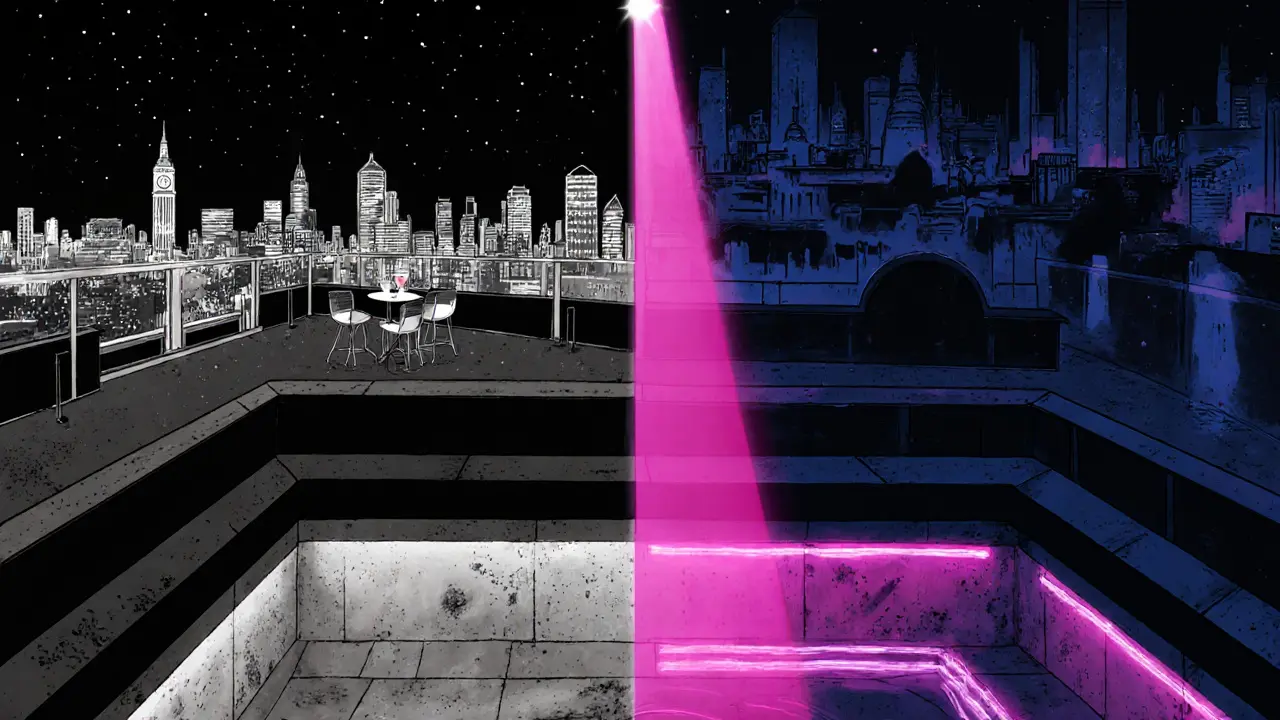
What to Avoid
Not all nightlife is worth your time. Skip the clubs in Leicester Square that charge £25 just to walk in - you’ll get overpriced vodka, loud pop music, and a crowd of people taking selfies. Avoid the fake “London-themed” bars in tourist zones that serve Guinness with lime. And don’t bother with the 24-hour kebab shops after 2 a.m. unless you’re starving - they’re not worth the regret.
Also, don’t rely on Uber after 3 a.m. The surge pricing hits hard, and drivers often skip areas like Peckham or Hackney. Take the Night Tube. It runs Friday and Saturday nights on five lines. It’s safe, cheap, and goes where you need to be.
When to Go and How to Plan
Thursday nights are quiet. Friday is peak. Saturday is packed. Sunday? Surprisingly good. Many clubs host low-key after-parties with free entry and DJs who play deep cuts. The best nights are often the ones you don’t plan. Walk around. Follow the music. Ask someone what’s good. Londoners love to share their secrets.
Bring cash. Many smaller bars and underground spots don’t take cards. Dress comfortably. No one cares if you’re wearing sneakers. And don’t expect to find a table. Most places are standing only. That’s part of the charm.
Final Tip: Stay Late, But Stay Safe
London is one of the safest major cities in the world - especially at night. But common sense still applies. Stick to well-lit streets. Keep your phone charged. Let someone know where you are. And if you’re heading home alone after 4 a.m., take a licensed minicab from a reputable app. The city’s night buses are clean, frequent, and run all night.
London after dark isn’t about being seen. It’s about feeling something. A beat that makes your chest rise. A laugh that echoes off brick walls. A stranger who becomes a friend over a shared pint. That’s what stays with you long after the last train leaves.
What time do London clubs usually close?
Most clubs in London close at 3 a.m. on weekdays and 4 a.m. on weekends. Some, like Fabric and The Nest, stay open until 6 a.m. on Friday and Saturday nights. Always check the venue’s website - closing times can change for special events.
Is London nightlife expensive?
It depends. Tourist spots in Soho or Covent Garden can charge £15 for a cocktail. But hidden bars in Peckham, Hackney, or Shoreditch serve drinks for £5-£8. Many pubs have happy hours until 9 p.m., and some clubs offer free entry before midnight. You can have a full night out for under £30 if you know where to go.
Do I need to book ahead for London nightlife spots?
For rooftop bars like Sky Garden or The Ned, yes - book at least a week ahead. For most underground bars and clubs, no. Walk-ins are welcome, especially on weekdays. On weekends, lines form outside popular spots, so arriving before 11 p.m. helps. Some places use WhatsApp for reservations - ask the bouncer.
What’s the best way to get around London at night?
The Night Tube runs on the Central, Jubilee, Northern, Piccadilly, and Victoria lines Friday and Saturday nights. It’s the cheapest and safest option. Night buses also cover the whole city. Avoid unlicensed cabs. Use Uber or Bolt, but expect surge pricing after 2 a.m. Walking is fine in central areas - London is well-lit and patrolled.
Are there any age restrictions for London nightlife?
Most clubs require ID and only admit people 18+. Some venues, especially live music bars or jazz lounges, allow 16+ with adult supervision. Always carry a valid photo ID - even if you look 25. Bouncers check everyone.
What’s the dress code for London nightlife?
Most places are casual. Jeans, t-shirts, and sneakers are fine. Rooftop bars might ask for smart-casual - no flip-flops or sportswear. Underground clubs? Anything goes. The only rule: don’t wear full suits unless you’re going to a fancy jazz lounge. Comfort matters more than style.



